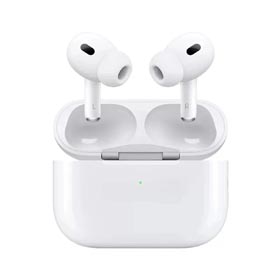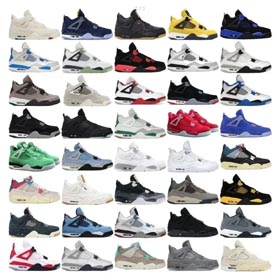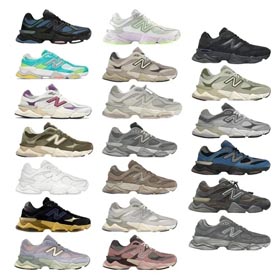Cluster Analysis of Superbuy User Demand Data and Personalized Service Strategy
Introduction
As an international shopping agent platform, Superbuy aims to provide seamless purchasing experiences for global consumers. To enhance user satisfaction and loyalty, this study conducts cluster analysisGoogle Sheets/Excel, categorizing users into distinct groups based on preferences. Subsequently, personalized service strategies
Data Preparation
The dataset includes key user behavior metrics:
- Product categories
- Brand preferences
- Budget ranges
- Purchase frequency
- Brand preferences
Data is cleaned and normalized in spreadsheets using functions (FILTER, UNIQUE) for analysis.
Cluster Analysis Methodology
Using spreadsheet tools (XLMinerk-means
Sample Output: Key User Clusters
| Cluster ID | Profile | Average Budget | Top Categories |
|---|---|---|---|
| 1 | High-end tech shoppers | $500+ | Smartphones, Laptops |
| 2 | Frequent beauty buyers | $100-$300 | Skincare, Makeup |
| 3 | Occasional gift shoppers | $50-$200 | Accessories, Home Decor |
Personalized Service Strategies
- Cluster 1 - Premium Tech Buyers
-
- Priority logistics for fragile items
- Bundled accessory recommendations
- Exclusive early-bird discounts on new releases
- Cluster 2 - Beauty Regulars
-
- Korean/Japanese brand restock alerts
- Loyalty program with free skincare samples
- How-to videos for trending products
- Cluster 3 - Seasonal Shoppers
-
- Holiday-themed gift guides 2 months in advance
- Budget-friendly combo deals
- Simplified gift wrapping service
Implementation & Outcome Measurement
Strategies are deployed via:
- Automated emails: Triggered based on cluster tags
- Dynamic homepage widgets: Show cluster-matched recommendations
Key performance indicators (KPIs) to track:
- 15% increase in repeat purchase rate
- 10% higher average order value (AOV) for targeted clusters
- Improved NPS scores in post-purchase surveys
Conclusion
By leveraging spreadsheet-based cluster analysis, Superbuy can transform raw user data into actionable segments. Tailored strategies



















